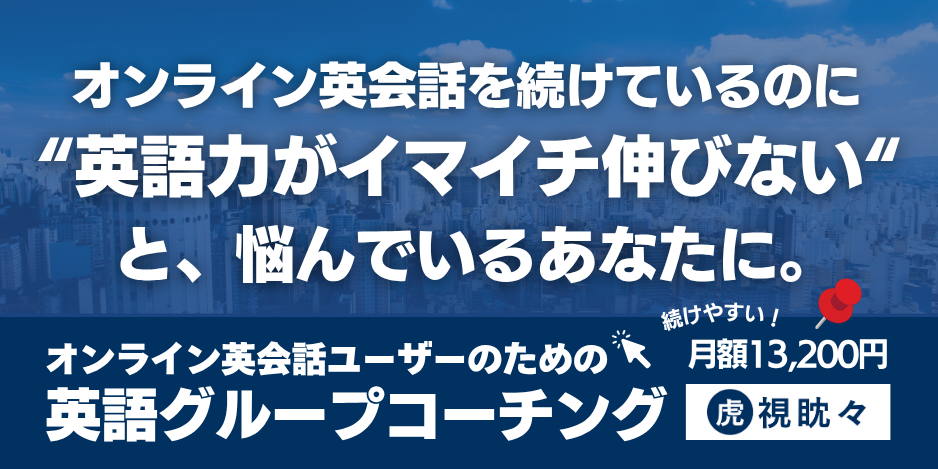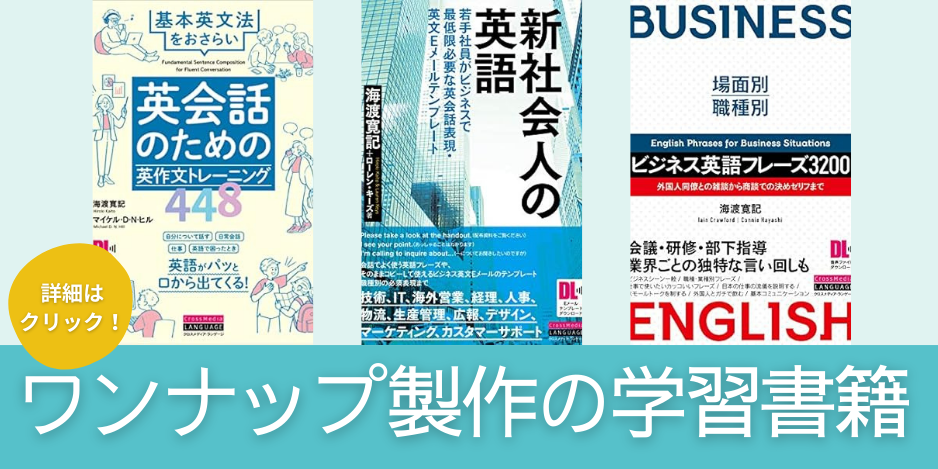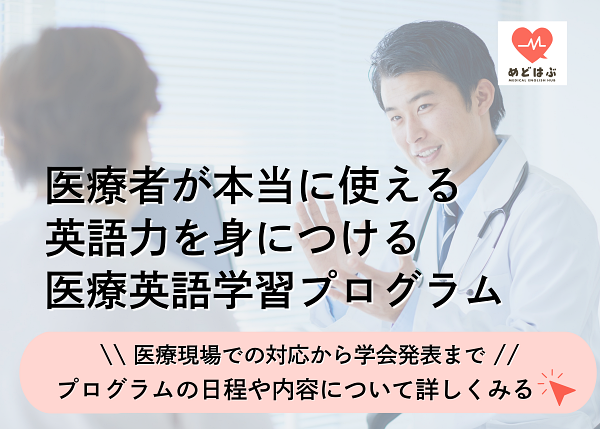
Glancing furtively at the overpriced watch he bought to impress his boss, the young salaryman shuffles forward as the train wheezes to a stop at the platform. He left extra time, but he had to wait for three trains to pass before he could reach the front of the line. Today is his first time going to the head office for a meeting, and this isn’t his familiar daily commuting route. The doors open to reveal an almost solid mass of human flesh and sweaty clothing, and he swears he can see steam rising from the bodies as one person twists and elbows their way out of the carriage. Nobody else moves. With a deep breath, the salaryman turns around and begins reversing his way inside, pressing himself against the backpacks the other commuters clutch to their chests like riot shields. An ephemeral taste of triumph passes over his lips as he crosses the threshold between platform and train, but it quickly becomes cold dread as two, three, four, five other commuters shove him deeper into the train so they can get on too. It is not until the doors shut and a sickening lurch signals that he is on his way that he looks up at the little screen above the doors and realizes his mistake. This is not the “commuter express” but the “rapid express”. The train is going to zoom past his station and now he’s going to be late for his meeting.
This story illustrates the two things I would like to see improved about Japan’s train system, especially here in Tokyo. While Japan’s train services are often lauded worldwide as among the best in the world for being reliable, punctual and convenient, there are two notable things that I find inconvenient about using them in my daily life ? overcrowding and the confusion of different services running from the same platform.
The first problem is the more difficult to solve. The image of every lump and bump of commuters’ bodies being pressed into trains by white-gloved station employees is another that is known worldwide. The morning rush hour around major cities in Japan means incredibly crowded trains, but this is simply the inevitable result of the huge number of people who work in Tokyo. Solutions are difficult to conceive ? either the capacity of the trains would need to be increased, meaning extremely costly investment into infrastructure would be required ? or there must be a shift in corporate culture so that more people begin work at different times. Neither is practical, and in Tokyo in particular, the population is only forecast to increase even as the population of Japan as a whole decreases.
The second problem is one that can be more easily solved. The issue of multiple trains leaving from one platform but having different destinations or services is confusing mostly for people riding a service for the first time, and good signage would fix the problem quickly. On most platforms for these kinds of services there are small, complicated maps and old electronic signs. It is not unusual for me, even on quite familiar lines like the Keisei Main Line, to have to check a service’s final destination, go to a small map, search for it out of dozens of stations, often finding that the station is not the last one on the line, then check in the illustration whether the station I want to go to is one that this service will stop at. More advanced signboards that show all station names that the service will stop at, or even just larger, clearer maps with common final destination station names highlighted, would make the process far easier. Trains displaying what their next station will be as their doors are open would also be very useful information to those in a hurry.
Many workers like our young salaryman find themselves being whisked off to the wrong part of the city, or can only watch forlornly as their station zips past outside the window like a blurry impressionist painting. In an ideal world, he would travel comfortably with a clear idea of where he is going. Giving him comfort may require a lot more money than could reasonably be spent on his morning service, but at the very least, a few changes to the way information is delivered could save a lot of early morning headaches.
Tom
Vocabulary
furtively (adv.) ? in a way that attempts to avoid notice or attention
mass (n) ? a large number of people or objects crowded together
clutch (v) ? to grasp tightly
ephemeral (adj.) ? lasting for a very short time
laud (v) ? praise highly
forlornly (adv.) - in a way that shows that you are unhappy
英語学習をフルサポート!
マンツーマン&コーチングの英会話教室
























